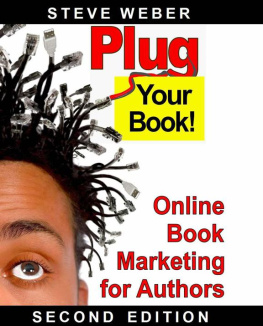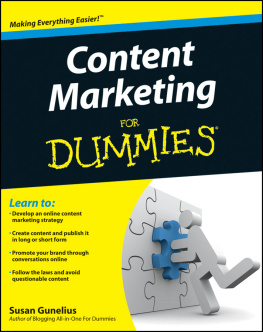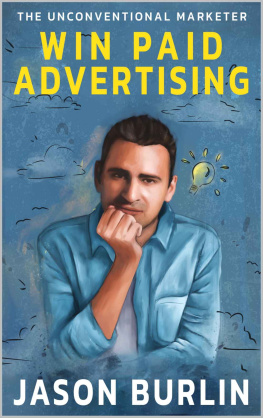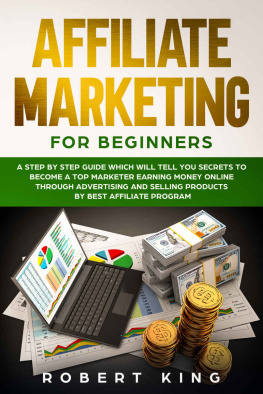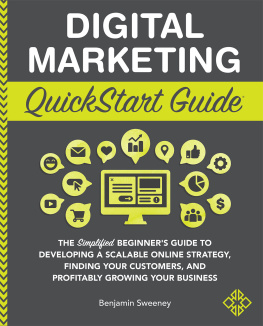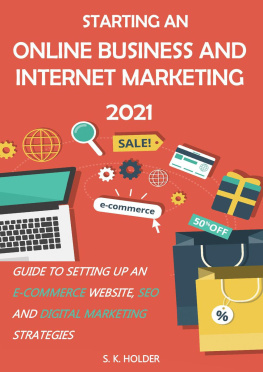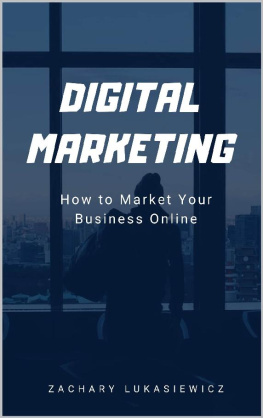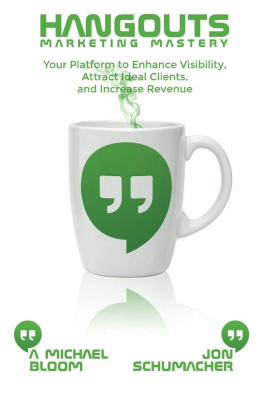The beginning sections of this book explain the basics of online book promotion, techniques that provide the most bang for your effort. As we proc eed, some of the methods will get more involved, demanding more expertise and time. Perhaps not everything discussed here will be practical for your book.
Your job is to select which promotional techniques might work best with your audience, and then use t hem aggressively and tirelessly. The more techniques you try, the better your chances of discovering your winning formula. A single idea wont produce a home run, but a combined effort will keep you in the game and the results and effect will be cumulative.
This book is not a quick-fix plan; there is no such thing as overnight success. It might require a year or more of steady work to see appreciable results. If that seems like a gamble and lots of work, it is. But I assure you, its n ot nearly as difficult as writing a book.
So, youve finished your book, and thats a tremendous accomplishment. But youre not done yet. Youve got more work to doto ensure your words reach as many people as possible.
I wish you much success in your journey.
Electric Word of Mouth
In 1988 a first-time author, British mountaineer Joe Simpson , wrote of his disastrous climbing accident in the Peruvian Andes. His book, Touching the Void , got good reviews, but wasnt too popular outside England. It sold modestly and then, like most books, began fading into obscurity.
A decade later, another climbing book was penned by Jon Krakauer, an American journalist who scaled Everest during a harrowing expedition that claimed eight lives. Into Thin Air , thanks to a marketing boost from its New York publisher, was an instant No. 1 bestseller and worldwide blockbuster.
And then something really interesting happened. Bookstores started getting requests for the earlier book, Touching the Void . Weeks before, booksellers couldnt give the book away, and now it was sold out. Library copies went missing. The original hardback, if you could find one, was selling for $375. Harper Paperbacks quickly printed a new edition, and Touching the Void started outselling the new blockbuster by two to one.
What happened? Who was the marketing whiz behind this literary resurgence? Actually, it wasnt an organized effort at all. It was a result of the automated book recommendations at Amazon.com. The online store began recommending the older book to millions of people whom it knew liked climbing books, based on their recent purchases. If youve shopped on Amazon, youve seen these recommendations yourself: People who bought this book also bought
Many of the new readers liked Touching the Void so much, they wrote rave reviews on Amazons site. These amateur book reviews, written by real climbers and armchair explorers, struck a chord with the next wave of shoppers. The result: more sales, more good reviews.
Ten years after the books launch, Internet-powered word of mouth did something that its publisher could never doit landed Touching the Void on the bestseller lists. The story was adapted for an acclaimed docudrama. Simpson, his writing career energized, followed up with four successful adventure books, a novel and lecture tours.
Today, readers are finally able to find exactly the books they want without consulting a librarian or bookstore clerk. Readers are flocking to Amazon and online reading communities to discover whats worth reading. All this is a godsend for authors, who finally have a way to build their audience effectively and without traditional marketing expenses. Never has it been so practical, so straightforward, so cheap for writers to earn a living at their craft and build a following.
Today , book readers are helping decide which books sink or swim. As an author, you can take advantage of this new environment using the techniques described in this book.
Riding the Big River
In its relatively brief lifetime, Amazon.com has helped demolish the walls separating writers and readers. No longer are new authors summarily locked out of the bookstore. Whether your book was trade-published or self-published, whether its available in hardcover, softcover, eBook or audioor any combination of the aboveAmazon will not only stock it, but rearrange the whole store when a likely reader arrives. And if your book sells modestly well, Amazon will do lots morelike displaying your book right inside the door, at the end of each virtual aisle, on eight different category shelves, and smack-dab in front of the cash register. Think your local bookstore might do this? Maybe if youre William Shakespeare, but the rest of us are out of luck.

